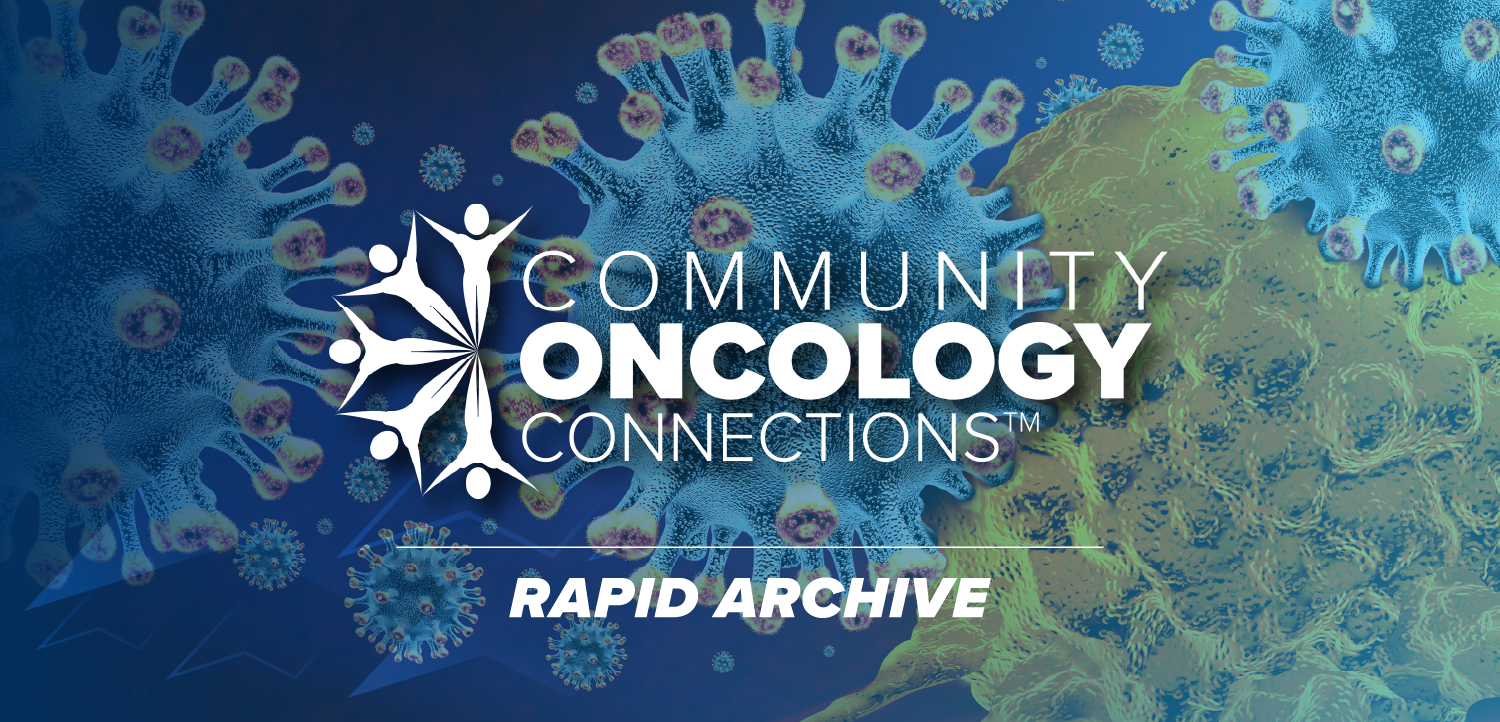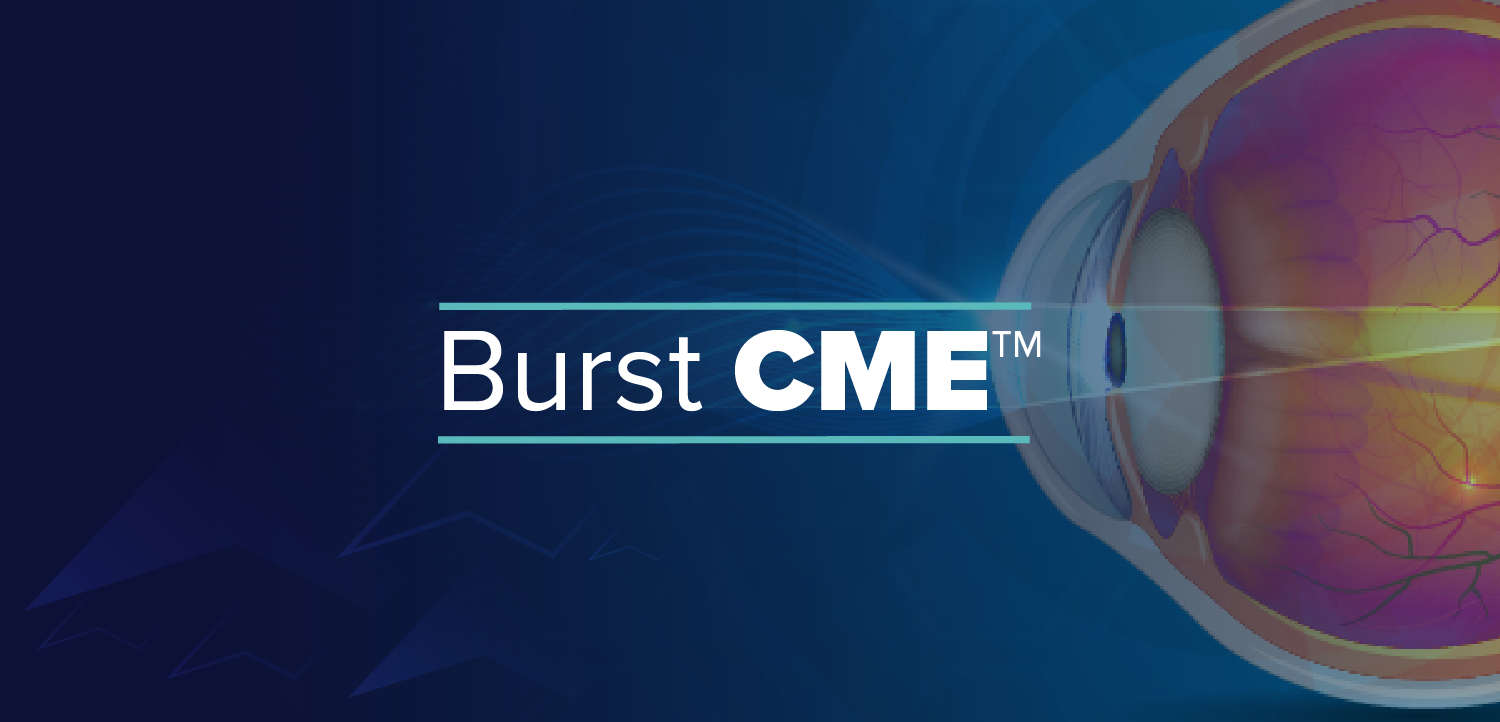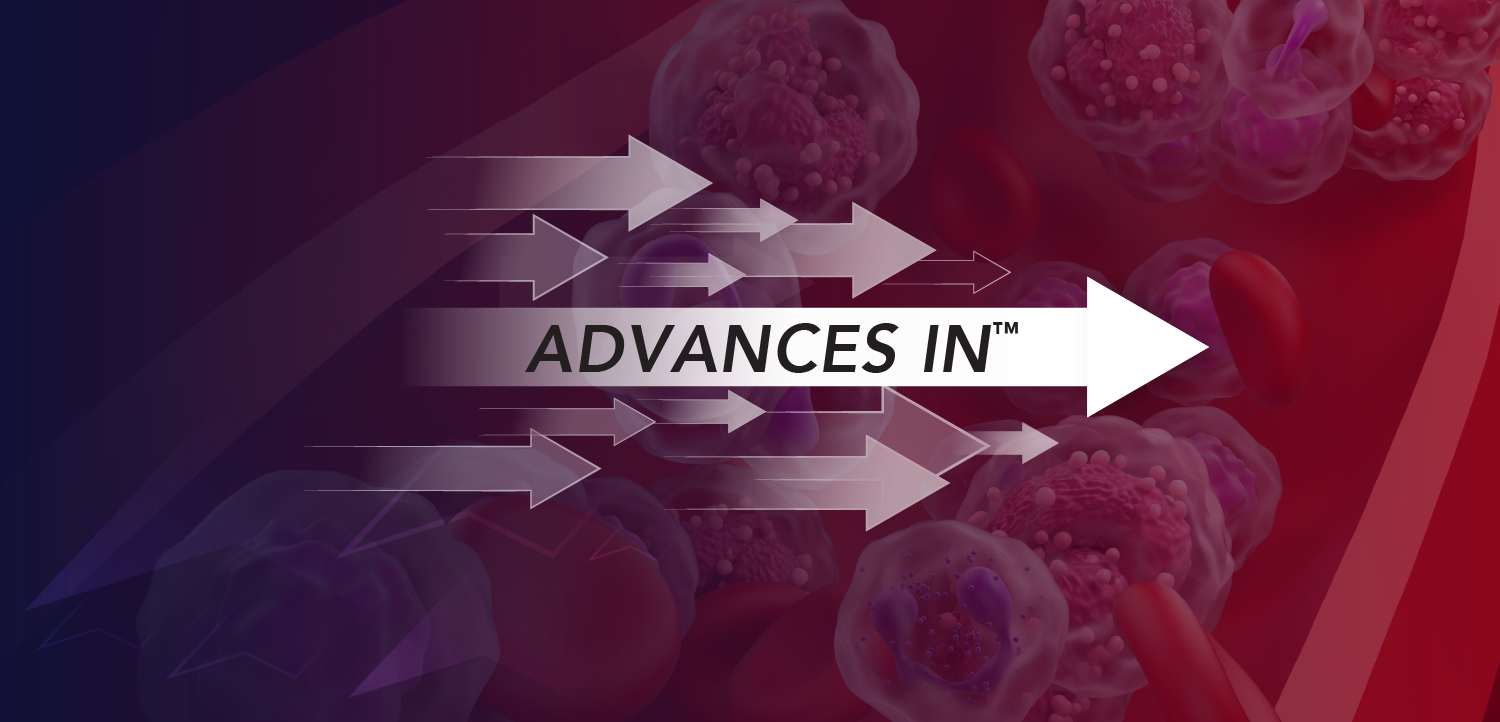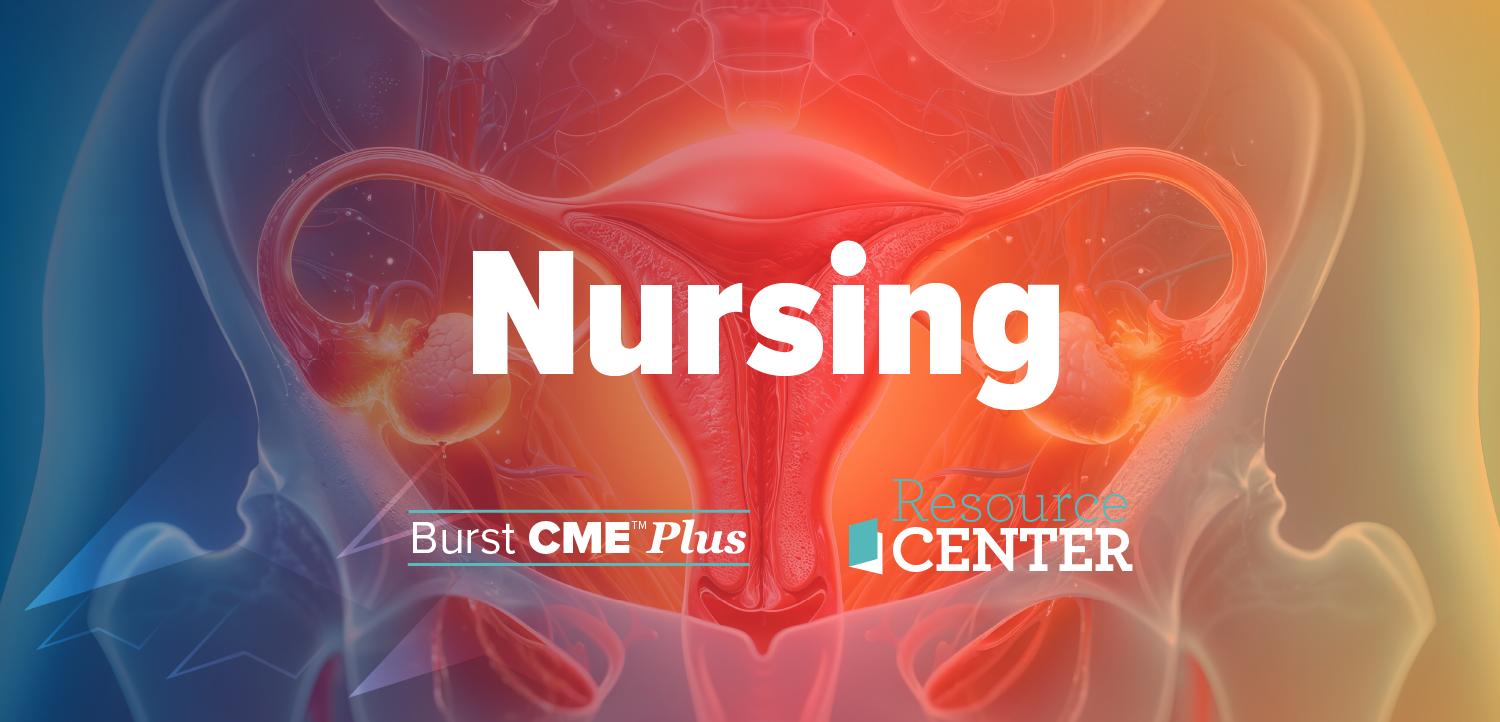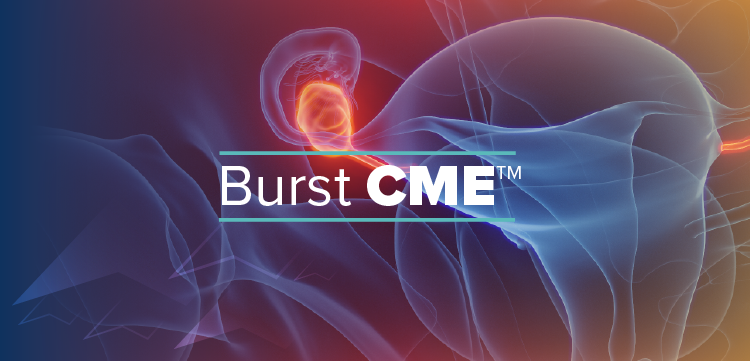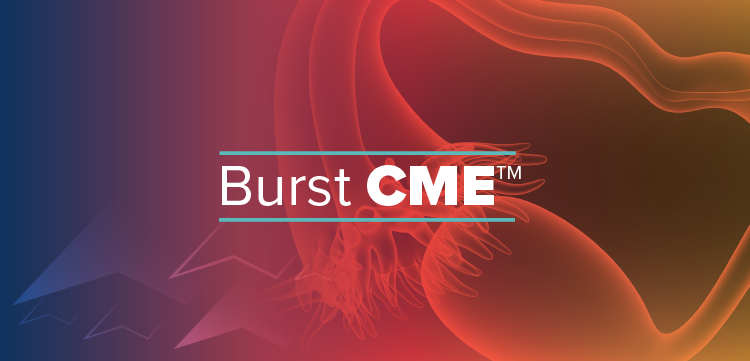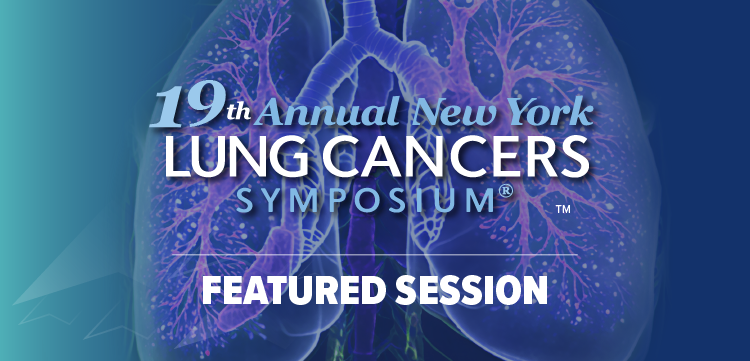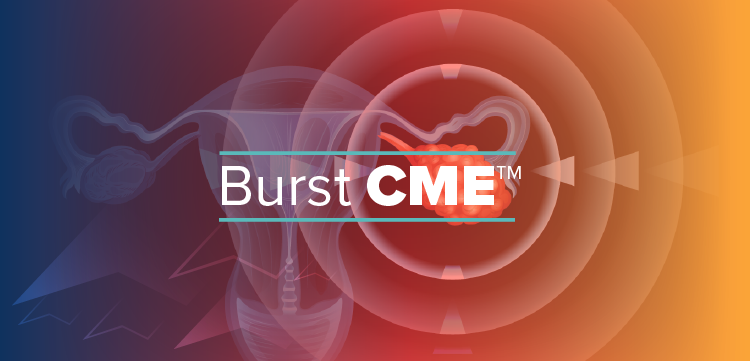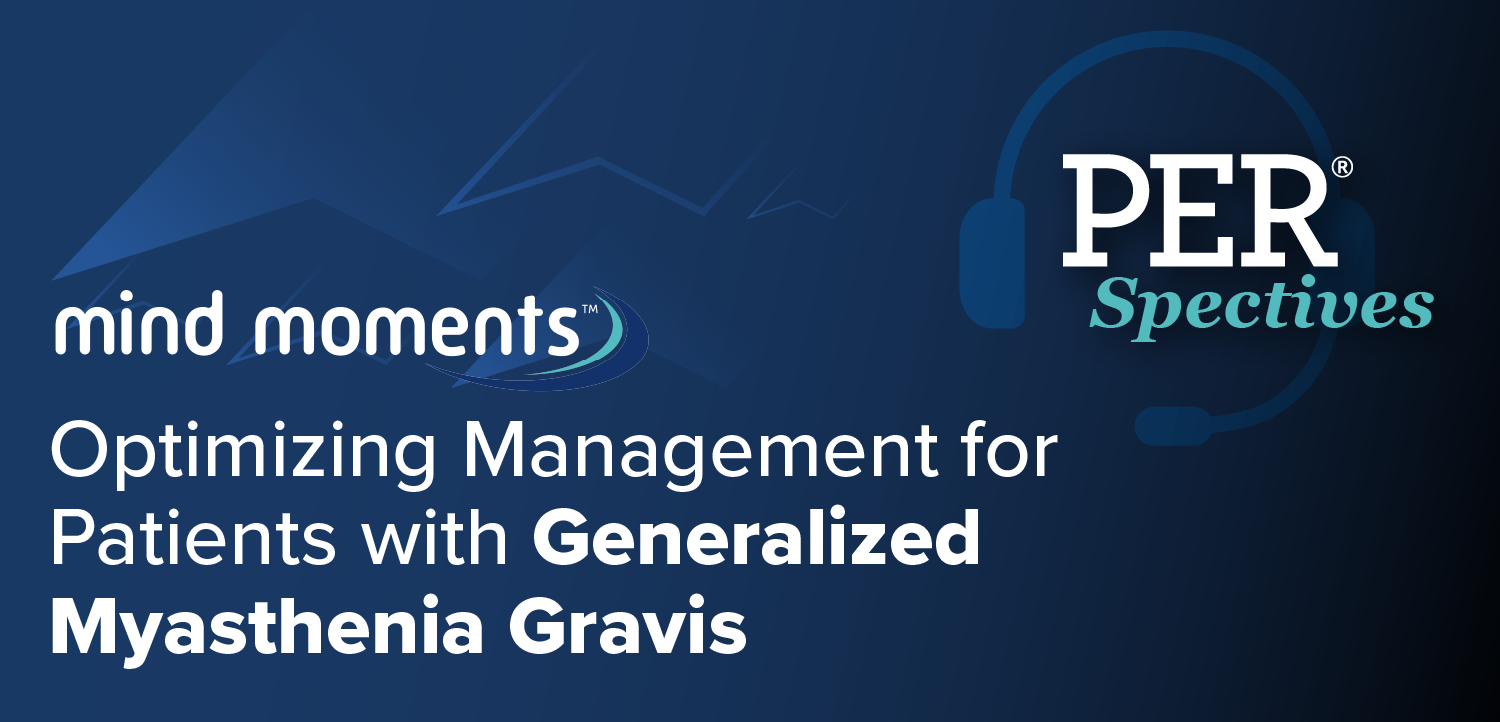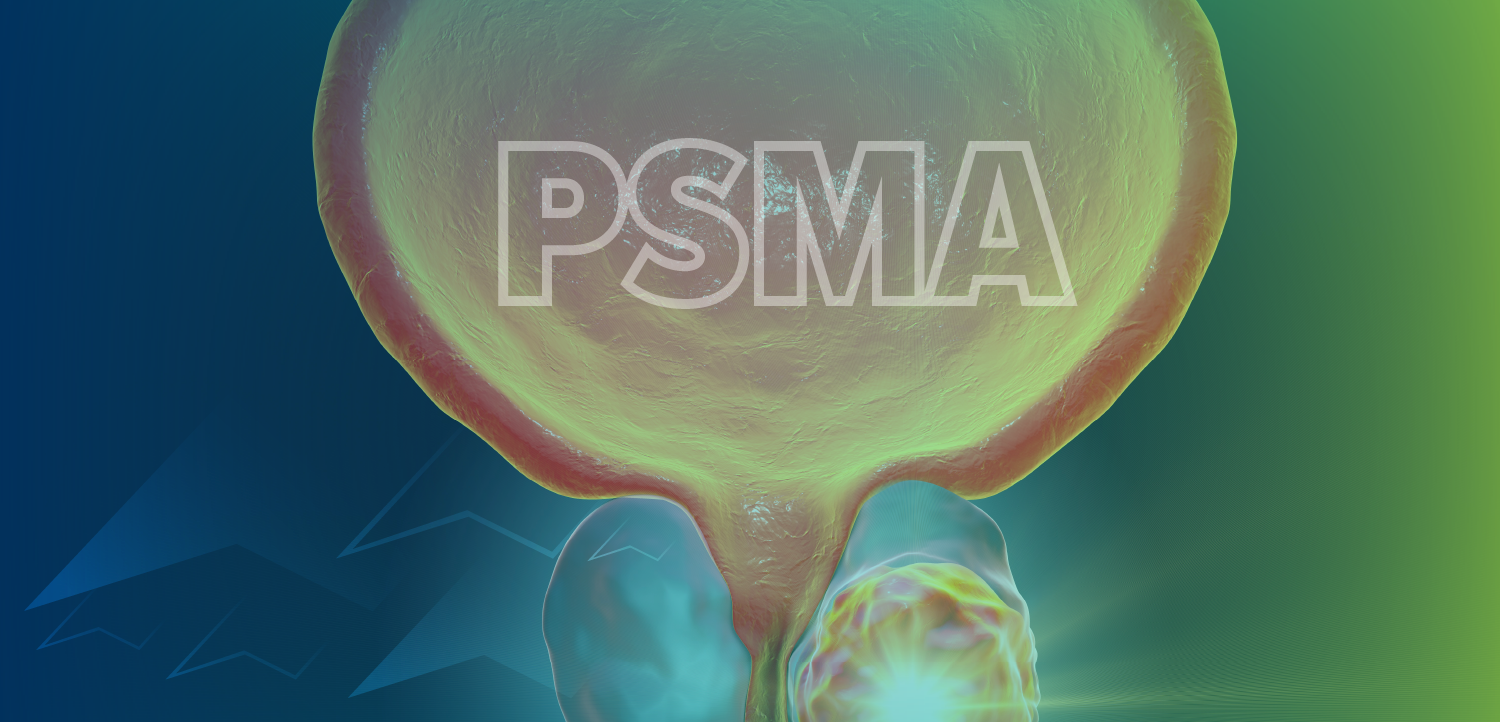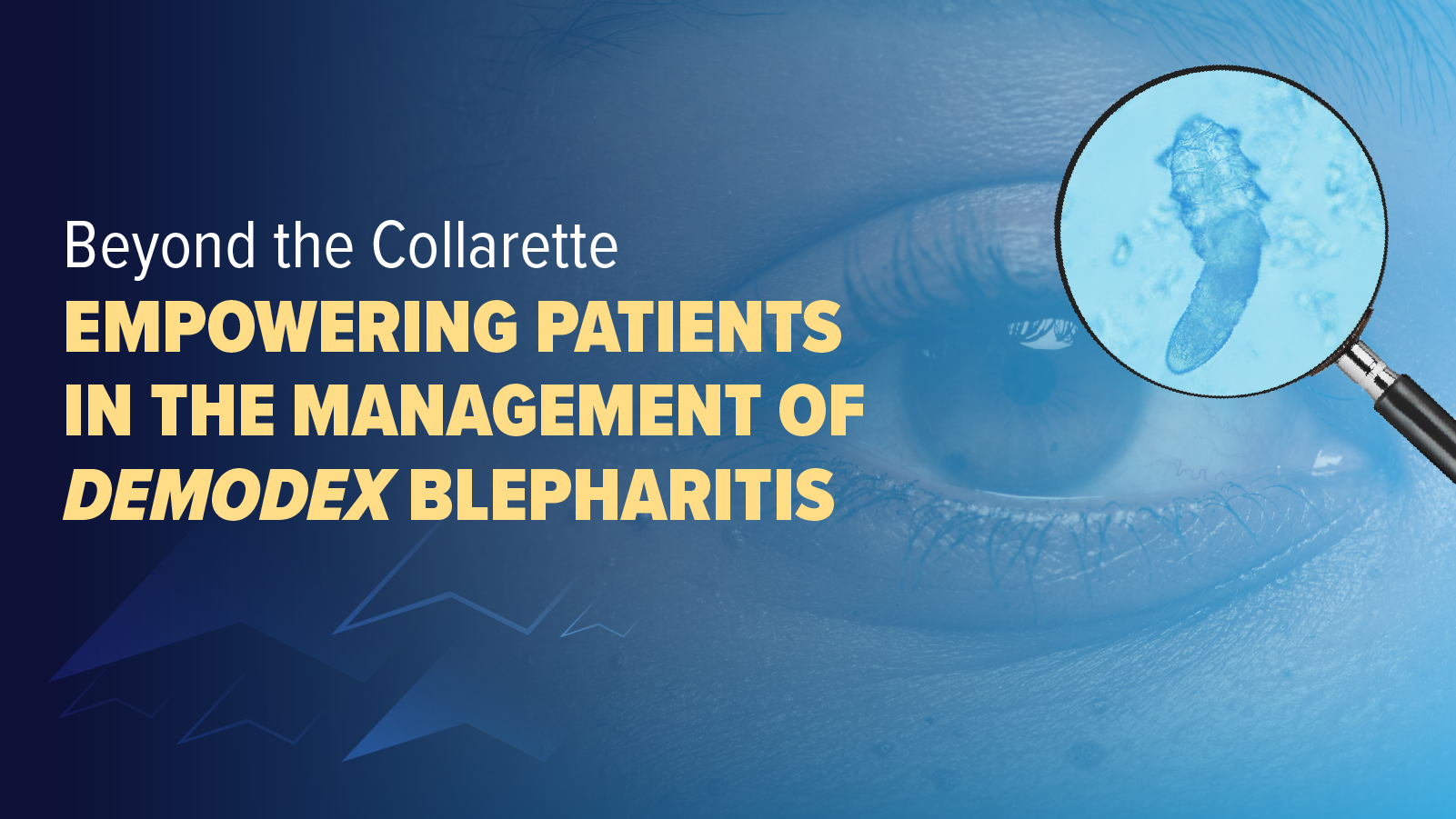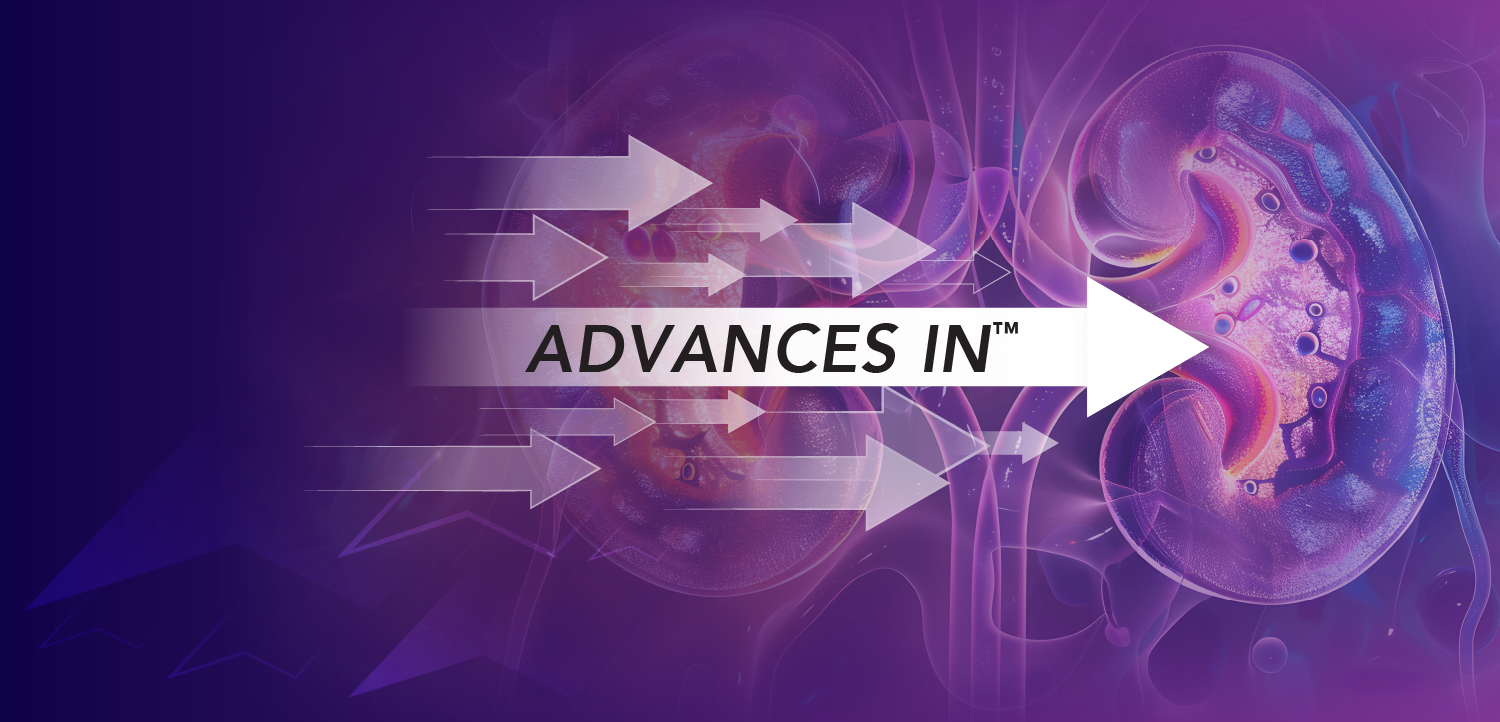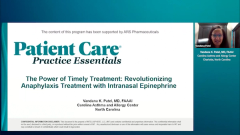
An Overview of Anaphylaxis and the Importance of Speedy Delivery
A panelist discusses how intranasal epinephrine could transform anaphylaxis management by improving accessibility, reducing treatment delays, and addressing underuse of epinephrine—especially in pediatric and high-risk populations—while emphasizing the need for better education and more user-friendly interventions to improve outcomes.
Episodes in this series

Anaphylaxis is a severe, potentially life-threatening allergic reaction that demands immediate intervention. Despite its urgency, many patients do not receive epinephrine in a timely manner, often due to hesitation or difficulty using current autoinjectors. The concept of intranasal epinephrine presents a potential paradigm shift, making treatment more accessible and less intimidating. This alternative delivery method aims to increase patient adherence and reduce delays, especially in high-risk populations such as children, caregivers, and older individuals who may hesitate during a crisis. Given that approximately 45 million people in the US are at risk for severe systemic allergic reactions, the need for more approachable, timely interventions is clear.
Anaphylaxis presents a wide range of symptoms, typically involving multiple organ systems. More than 85% of patients show cutaneous symptoms such as hives, swelling, or flushing, while many also experience respiratory difficulties, gastrointestinal distress, or even cardiovascular symptoms like fainting or hypotension. In pediatric populations, especially infants and toddlers, symptoms can be atypical—such as behavioral changes or withdrawal—making diagnosis challenging. Although emergency departments (EDs) handle a significant number of anaphylaxis cases annually, data show that epinephrine is underused. In fact, only about a quarter of pediatric patients meeting diagnostic criteria receive epinephrine during their ED visit, and those who do often receive it from a caregiver before arriving.
The broader implications of undertreating anaphylaxis extend beyond immediate health risks to emotional and financial burdens. The cost of emergency care is high, yet timely epinephrine administration can reduce hospital visits and complications. Improving patient education, increasing awareness of early symptoms, and providing easier-to-use treatments like intranasal epinephrine could transform how allergic emergencies are managed. Offering less-invasive options may empower more patients and caregivers to act decisively, potentially saving lives and improving outcomes across a wide patient demographic.
Newsletter
Enhance your clinical practice with the Patient Care newsletter, offering the latest evidence-based guidelines, diagnostic insights, and treatment strategies for primary care physicians.


